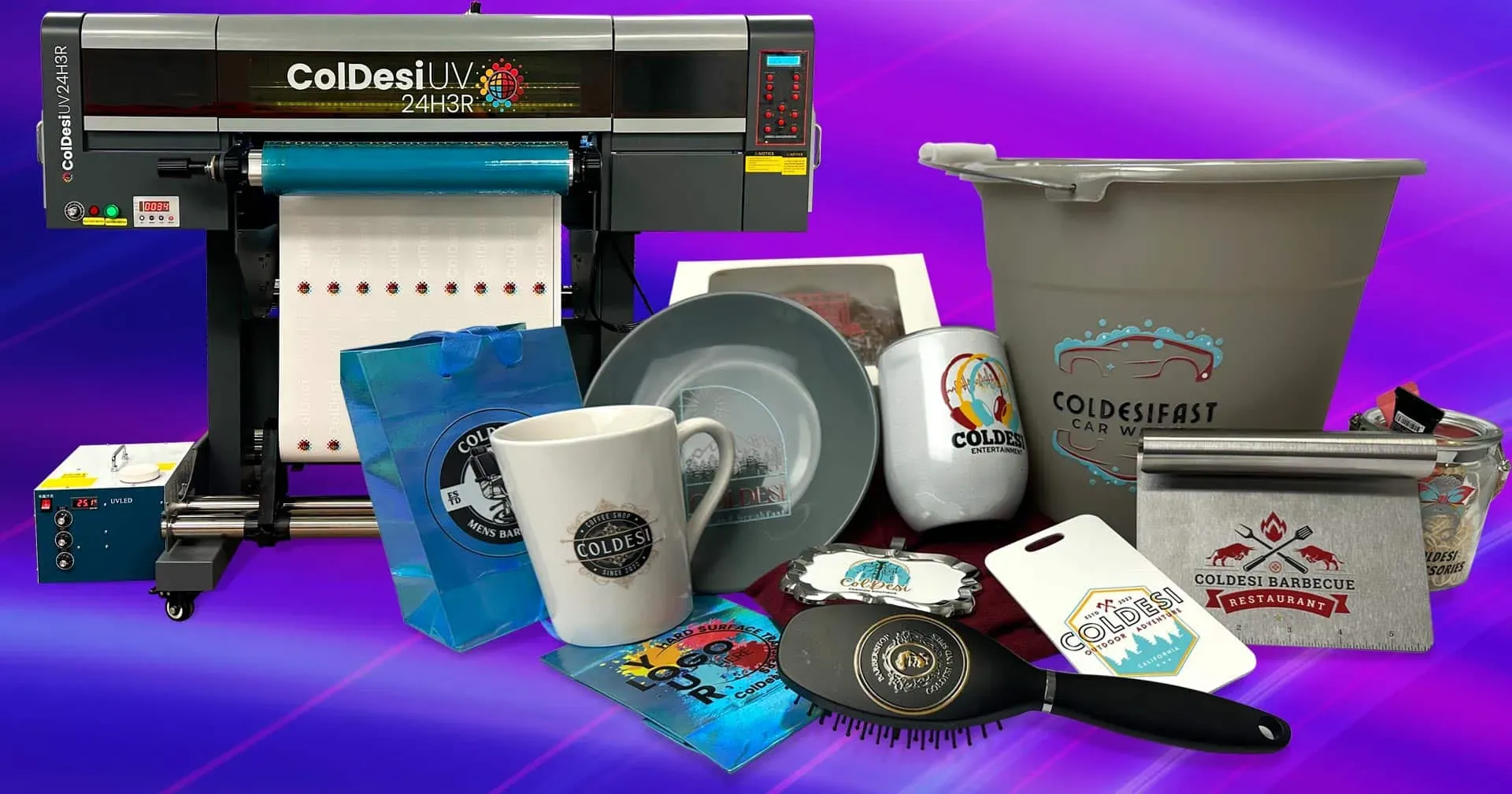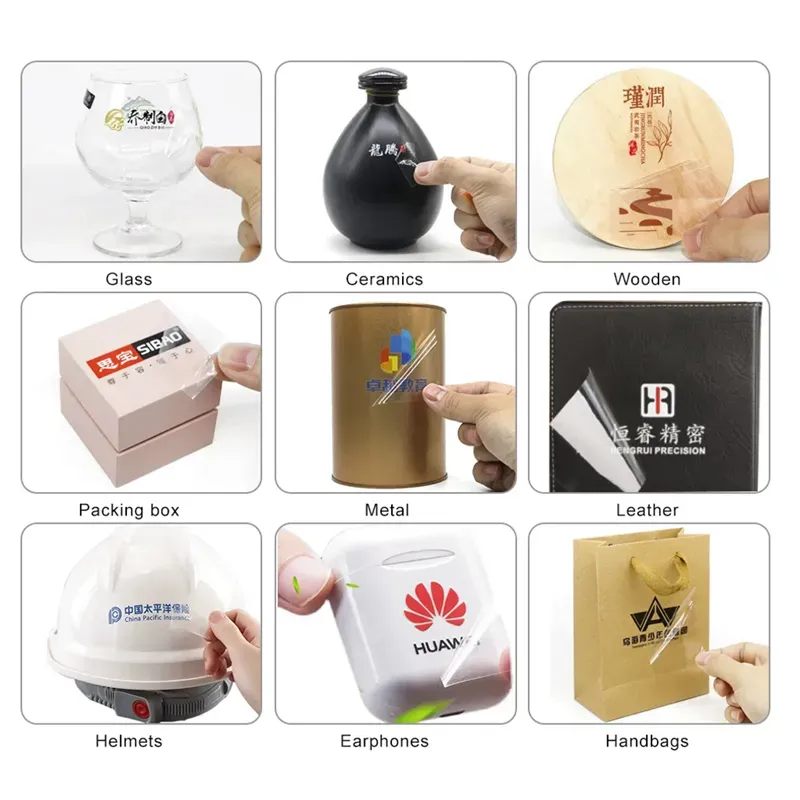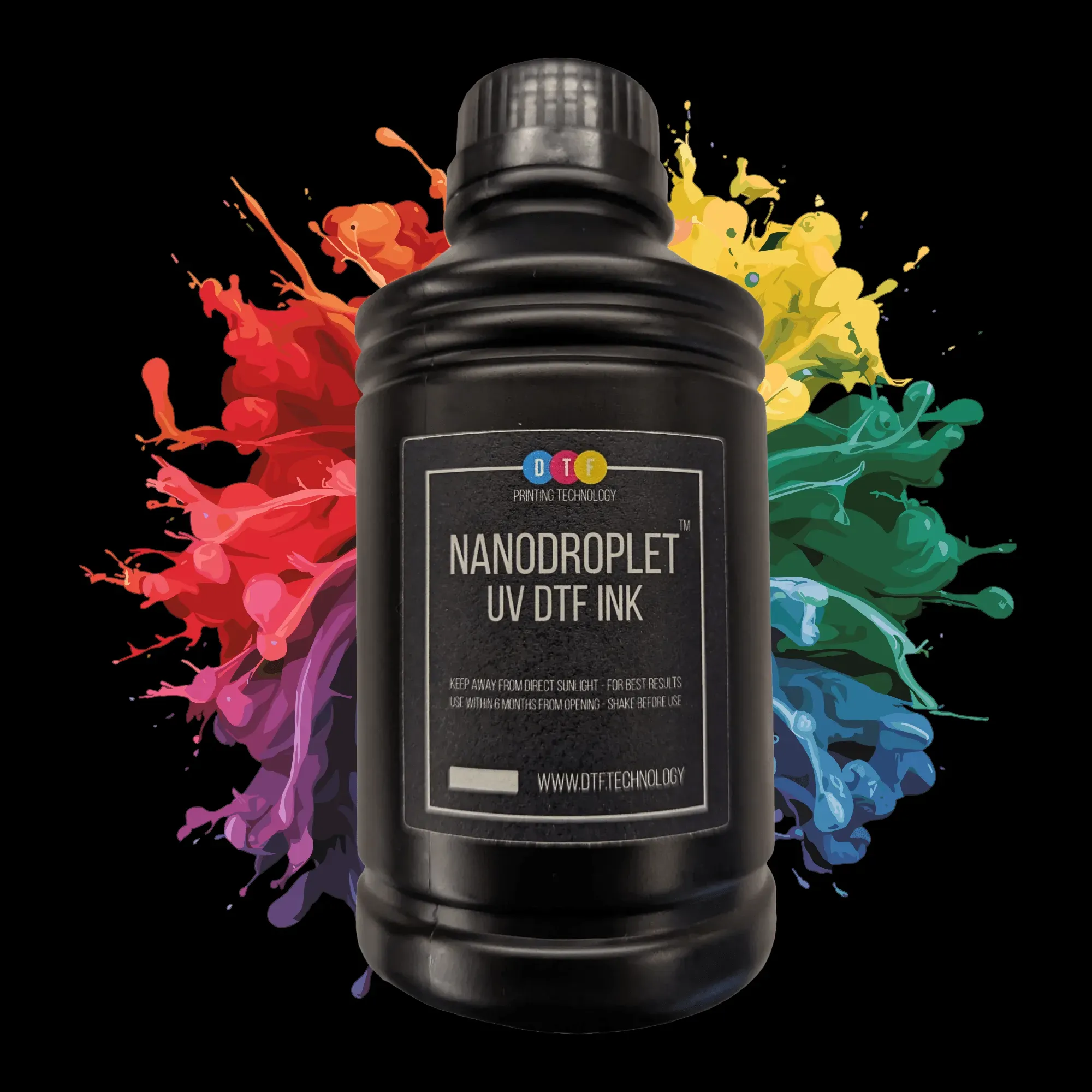UV DTF: A Beginner’s Guide to Techniques and Tips
UV DTF printing, or UV Direct to Film printing, is a groundbreaking technique that is transforming how we approach custom printing. This innovative method utilizes UV-curable inks to produce high-resolution images that can be easily transferred onto a variety of surfaces, such as plastic, wood, and fabric. If you’re interested in exploring the world of UV printing techniques, this beginner’s guide will walk you through essential tips and strategies that will facilitate your learning journey. With its exceptional versatility and durability, UV DTF printing is perfect for crafting everything from promotional items to personalized apparel, making it a must-know for aspiring printers. Join us as we delve into the intricacies of UV DTF, empowering you to harness its full potential in your printing projects.
Often referred to as UV Direct to Film or UV print technology, UV DTF is a modern advancement that caters to a wide range of printing needs. This technique involves using specialized UV-curable inks to create vivid graphics on transfer films, which are then applied to various substrates. By utilizing advanced UV printing equipment, artists and entrepreneurs can achieve stunning, high-quality results suitable for diverse applications. This guide serves as a beginner’s roadmap to mastering UV DTF printing, highlighting essential techniques and equipment required to excel in this craft. Ultimately, understanding these concepts will set the foundation for successful printing endeavors and creative projects.
Understanding UV Direct to Film (DTF) Printing
UV Direct to Film (DTF) printing has revolutionized the way graphics and designs are transferred to various substrates. This technique utilizes UV-curable inks which are printed onto a special film that acts as a medium. The beauty of UV DTF lies in its ability to produce vivid colors and intricate designs, making it ideal for both large-scale productions and personalized items. As a beginner, grasping the basics of this technology is essential because it lays the foundation for mastering advanced printing methods.
The UV curing process distinguishes UV DTF from traditional printing methods. Rather than relying on heat, UV light instantly cures the ink, creating a durable bond with the surface. This means that items can be printed and used almost immediately, significantly speeding up production times. Learning the intricacies of how UV light interacts with different materials can greatly enhance the quality of your outputs.
Frequently Asked Questions
What is UV DTF printing and how does it work?
UV DTF printing, or UV Direct to Film printing, is a process where images are printed onto a special film using UV-curable inks. This printed film is then transferred to various substrates using UV light to cure the ink, resulting in durable and vibrant prints across materials such as plastics, wood, and fabric.
What are the essential equipment needed for UV DTF printing?
To start with UV DTF printing, you need a quality UV DTF printer, transfer film designed for UV inks, and a curing unit. Brands like Mimaki, Roland, and Epson are popular for printers, while selecting appropriate transfer films is crucial for optimal print quality.
How do I prepare images for UV DTF printing?
Preparing images for UV DTF printing involves ensuring they are high-resolution and the correct size for transfer. Utilize graphic design software to adjust your designs prior to printing to prevent pixelation and ensure the best print outcome.
What common problems might I encounter in UV DTF printing?
Common issues in UV DTF printing include poor print quality and adhesion problems. These can often be resolved by checking ink levels, cleaning print heads, ensuring substrate surfaces are properly cleaned, and adjusting curing times for better ink hardness.
What safety precautions should I take when working with UV DTF printers?
When operating UV DTF printers, it’s vital to maintain proper ventilation in the workspace and wear protective gear such as gloves and goggles to protect against UV exposure and harmful fumes emitted during the printing process.
What future trends can be expected in UV DTF technology?
Future trends in UV DTF technology include advancements in eco-friendly inks and innovations aimed at increasing printing speed and efficiency. These developments are making UV DTF printing more accessible, especially for small businesses and hobbyists.
| Key Feature | Details |
|---|---|
| Understanding UV DTF Technology | Utilizes UV-curable inks on special films for transfer to various substrates like plastics, wood, metal, and fabric. |
| Essential Equipment | Printers (Mimaki, Roland, Epson), UV DTF compatible transfer film, and curing units are crucial. |
| Techniques for Beginners | Focus on high-resolution image preparation, correct printer settings, and conducting test prints to optimize results. |
| Tips for Successful Printing | Regular maintenance, ensuring proper ventilation, and adhering to safety precautions are essential for quality printing. |
| Troubleshooting Common Issues | Check ink levels, clean print heads, and ensure substrate preparation for improved print quality and adhesion. |
| Future Trends | Advancements in eco-friendly inks and improved efficiency will enhance the accessibility of UV DTF printing. |
Summary
UV DTF printing is a revolutionary technique that opens up limitless possibilities for producing high-quality prints on a variety of surfaces. This beginner’s guide highlights the essential equipment, techniques, and best practices, making it easier for newcomers to navigate the complexities of this innovative printing method. With a clear understanding of UV DTF technology, effective preparation, and ongoing practice, anyone can harness this medium’s potential to create stunning, durable designs. As the technology evolves, keeping abreast of the latest trends and ensuring best practices will further enhance your printing capabilities and business growth.







